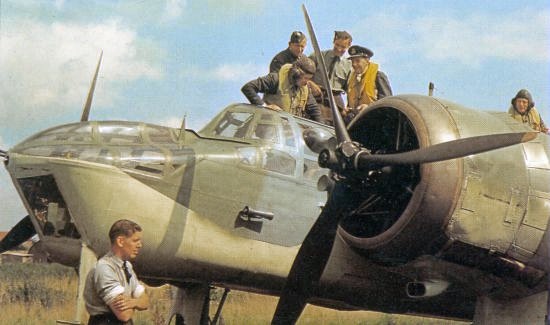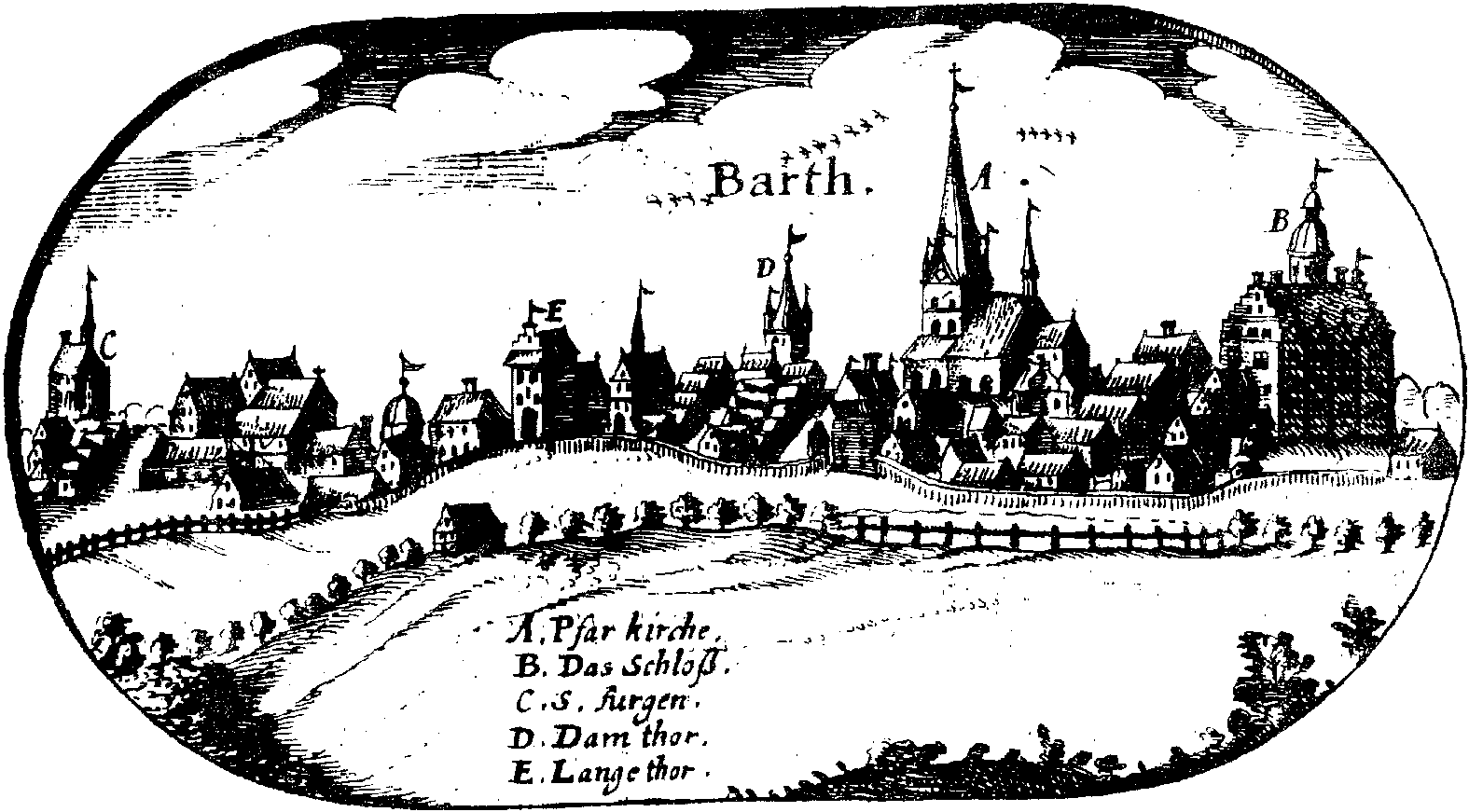|
Tom Leigh (RAF Officer)
Thomas Barker Leigh (11 February 1919 – 31 March 1944) was an Australian-born Handley Page Halifax bomber rear gunner who was taken prisoner during the Second World War. He took part in the 'Great Escape' from Stalag Luft III in March 1944, but was one of the men re-captured and subsequently shot by the ''Gestapo''. Pre-war life Leigh was born in Waverley, Sydney, Australia, on 11 February 1919. He was the second son of a British father and an Australian mother who resided in Shanghai, China. His mother had sailed back to Australia for his birth before returning to China. She died in 1926 and their father died in 1932, but the three children had lived in England since their mother's death where they attended boarding schools and spent holidays with family friends or their guardian. On leaving school Leigh passed the entrance examination for the Training Ship ''Mercury'' near Southampton and on 30 September 1934 began to train for a life at sea. From the training ship he could se ... [...More Info...] [...Related Items...] OR: [Wikipedia] [Google] [Baidu] |
Waverley, Sydney
Waverley is a suburb in the Eastern suburbs of Sydney, in the state of New South Wales, Australia. Waverley is located 7 kilometres east of the Sydney central business district, in the local government area of Waverley Council. Waverley Council takes its name from the suburb but its administrative centre is located in the adjacent suburb of Bondi Junction, which is also a major commercial centre. Waverley is the highest point of altitude in Sydney's Eastern Suburbs. History Waverley takes its name from a home built near Old South Head Road in 1827 by Barnett Levey (or Levy) (1798–1837). It was named Waverley House, after the title of his favourite book, ''Waverley'', by author Sir Walter Scott. Waverley Municipality was proclaimed in June 1859. The house was a distinctive landmark and gave its name to the surrounding suburb. Waverley Cemetery (South Head General Cemetery) was established in 1877 and is one of Australia's most notable cemeteries due to its cliff-side ... [...More Info...] [...Related Items...] OR: [Wikipedia] [Google] [Baidu] |
Pilot Officer
Pilot officer (Plt Off officially in the RAF; in the RAAF and RNZAF; formerly P/O in all services, and still often used in the RAF) is the lowest commissioned rank in the Royal Air Force and the air forces of many other Commonwealth countries. It ranks immediately below flying officer. It has a NATO ranking code of OF-1 and is equivalent to a second lieutenant in the British Army or the Royal Marines. The Royal Navy has no exact equivalent rank, and a pilot officer is senior to a Royal Navy midshipman and junior to a Royal Navy sub-lieutenant. In the Australian Armed Forces, the rank of pilot officer is equivalent to acting sub lieutenant in the Royal Australian Navy. The equivalent rank in the Women's Auxiliary Air Force (WAAF) was "assistant section officer". Origins In the Royal Flying Corps, officers were designated pilot officers at the end of pilot training. As they retained their commissions in their customary ranks (usually second lieutenant or lieutenant), and ... [...More Info...] [...Related Items...] OR: [Wikipedia] [Google] [Baidu] |
Żagań
Żagań ( French and german: Sagan, hsb, Zahań, la, Saganum) is a town in western Poland, on the Bóbr river, with 25,731 inhabitants (2019). The town is the capital of Żagań County in the historic region of Silesia. Previously in the Zielona Góra Voivodeship (1975–1998), Żagań has been in the Lubusz Voivodeship since 1999. The town hosts the Polish 11th Armoured Cavalry Division. An American Armored Brigade Combat Team is constantly rotated through the town under Operation Atlantic Resolve. Etymology The town's name probably means "place of the burnt forest" (Polish: ''żegać'', ''żagiew''): probably referring to the burning of primaeval forest by early settlers. If this is correct, it is consistent with the names of nearby places: Żary, Zgorzelec, Pożarów. Geography Żagań is located roughly halfway between Cottbus and Wrocław, approximately 100 meters above sea level and at the centre of the Żagań administrative district. It is about north of the Polish ... [...More Info...] [...Related Items...] OR: [Wikipedia] [Google] [Baidu] |
Leslie George Bull
Leslie George Bull (7 August 1916 – 29 March 1944), known as Johnny, Les or Lester Bull, was a British Vickers Wellington bomber pilot who was taken prisoner during the Second World War. He took part in the 'Great Escape' from Stalag Luft III in March 1944, but was one of the men re-captured and subsequently shot by the ''Gestapo''. Pre-war life Bull was born in Highbury, London, on 7 August 1916, and was educated locally in the council school. Having achieved school certificate passes he was able to progress to the London County Council School of Building at Brixton in south west London to train as an architect,Vance (2000), p.41 however in July 1936 after three years of study he decided to leave and join the Royal Air Force. Enlisting as an aircraftman 2nd class (service number 580284) he was accepted for pilot training and gained his pilot's wings before joining No. 75 Squadron RAF to fly Handley Page Harrow heavy bombers. In 1938 while stationed at RAF Driffield he met a ... [...More Info...] [...Related Items...] OR: [Wikipedia] [Google] [Baidu] |
Jack Grisman
William Jack Grisman (30 August 1914 – 6 April 1944) was a British Vickers Wellington bomber crew member who was taken prisoner during the Second World War. He took part in the 'Great Escape' from Stalag Luft III in March 1944, but was one of the men re-captured and subsequently shot by the ''Gestapo''. Pre-war life Grisman was born in Hereford Herefordshire the eldest son of a postman,Carroll (2005), p.57 he was educated in the local council school where he matured rapidly towards the end of his time and became very keen on swimming and rugby football. He wanted to see some of the world, play sports and work in engineering and quickly identified the Royal Air Force as a good opportunity so enlisted as an aircraft apprentice on 13 January 1931 to train at No. 1 School of Technical Training RAF, RAF HaltonVance (2000), p.26 he graduated in December 1933 as an aircraftman 2nd class (service number 565127) posted to No. 10 Squadron RAF at RAF Boscombe Down to service Handley Pag ... [...More Info...] [...Related Items...] OR: [Wikipedia] [Google] [Baidu] |
Edgar Humphreys
Edgar Spottiswoode Humphreys (5 December 1914 – 31 March 1944), known as Hunk, was a British Bristol Blenheim bomber pilot who was taken prisoner during the Second World War. He took part in the 'Great Escape' from Stalag Luft III in March 1944, but was re-captured and subsequently shot by the ''Gestapo''. Pre-war life Humphreys was born in Exmouth in Devon, the eldest son of Lydia and William Spottiswoode Humphreys. He was educated in the local council school where he enjoyed sports and developed an interest in aircraft. In 1931, at the age of sixteen-and-a-half, he passed the flying tests for the Class A Pilot's Licence, which could not be issued until he reached the age of seventeen. He was then the youngest pilot in Europe. He enlisted in the Royal Air Force in 1932 to train in the 25th Entry of Apprentices at No. 1 School of Technical Training RAF, RAF Halton and graduated in 1935 as an aircraftman 2nd class (service number 565906). Having worked as ground crew servici ... [...More Info...] [...Related Items...] OR: [Wikipedia] [Google] [Baidu] |
Roger Bushell
Squadron Leader Roger Joyce Bushell (30 August 1910 – 29 March 1944) was a South African-born British military aviator. He masterminded the "Great Escape" from Stalag Luft III in 1944, but was one of the 50 escapees to be recaptured and subsequently murdered by the Gestapo. Birth and early life Bushell was born in Springs, Transvaal, South Africa, on 30 August 1910 to English parents, Benjamin Daniel and Dorothy Wingate Bushell (née White). His father, a mining engineer, had emigrated to the country from Britain and he used his wealth to ensure that Roger received a first-class education. He was first schooled in Johannesburg, then aged 14 went to Wellington College in Berkshire, England. In 1929, Bushell then went to Pembroke College, Cambridge, to study law. Keen on pursuing non-academic interests from an early age, Bushell excelled in rugby and cricket and skied for Cambridge in races between 1930 and 1932, captaining the team in 1931. Skiing One of Bushell's passio ... [...More Info...] [...Related Items...] OR: [Wikipedia] [Google] [Baidu] |
Barth, Germany
Barth is a town in Mecklenburg-Vorpommern, Germany. It is situated at a lagoon (Bodden) of the Baltic Sea facing the Fischland-Darss-Zingst peninsula. Barth belongs to the district of Vorpommern-Rügen. It is close to the Western Pomerania Lagoon Area National Park. In 2011, it held a population of 8,706. History Barth dates back to the medieval German Ostsiedlung, before which the area was settled by Wends of the Liuticians or Rani tribe. Jaromar II, Danish prince of Rügen, granted the town Lübeck law in 1255. In the same document, he agreed to remove his burgh, ''Borgwall'' or ''Neue Burg'', then on the northwestern edge of the town's projected limits. Another Wendish burgh, ''Alte Burg'' near today's train station, was not used anymore. The German town was set up on empty space between the burghs. Not a member of the Hanseatic League, the town never grew to the importance and size of neighboring Hanseatic towns like Stralsund. The last prince of Rügen, Witzlaw III ... [...More Info...] [...Related Items...] OR: [Wikipedia] [Google] [Baidu] |
Stalag Luft I
Stalag Luft I was a German World War II prisoner-of-war (POW) camp near Barth, Western Pomerania, Germany, for captured Allied airmen. The presence of the prison camp is said to have shielded the town of Barth from Allied bombing. About 9,000 airmen – 7,588 American and 1,351 British and Canadian – were imprisoned there when it was liberated on the night of 30 April 1945 by Soviet troops. Camp history The camp was opened in 1941 to hold British officers, but was closed in April 1942, when they were transferred to other camps. It was reopened in October 1942, when 200 RAF NCOs from Stalag Luft III were moved there. From 1943, American POWs were sent to the camp. Stalag Luft I was composed of a West Compound and a North No. 1 Compound, separated by German quarters. Greening states, "Our barracks were rough, wood fram structures standing on small foundation posts about 8 to 10 inches off the ground. The Germans had dug a series of shallow trenches underneath the barracks to a ... [...More Info...] [...Related Items...] OR: [Wikipedia] [Google] [Baidu] |
Dulag Luft
Dulag Luft (''Durchgangslager der Luftwaffe'', Transit Camp of the Airforce) were Prisoner of War (POW) transit camps for German-captured members of the Air Force during World War II. Their main purpose was to act as collection and interrogation centres for newly captured aircrew, before they were transferred in batches to the permanent camps. Several camps were set up throughout Germany and the occupied countries, however the main centre used throughout the war was at Oberursel near Frankfurt. A satellite camp at Wetzlar was set up later in the war to help cope with the large numbers of aircrew captured as the bombing campaign intensified against Germany. Allegations of interrogation under torture have been made by numerous POWs who passed through the camps. The Germans had established a similar facility, the "Listening Hotel", in the First World War. This was located at 39 Ettlinger Strasse in Karlsruhe and was a former business hotel, the ''Europäischer Hof''. The "Listening ... [...More Info...] [...Related Items...] OR: [Wikipedia] [Google] [Baidu] |






